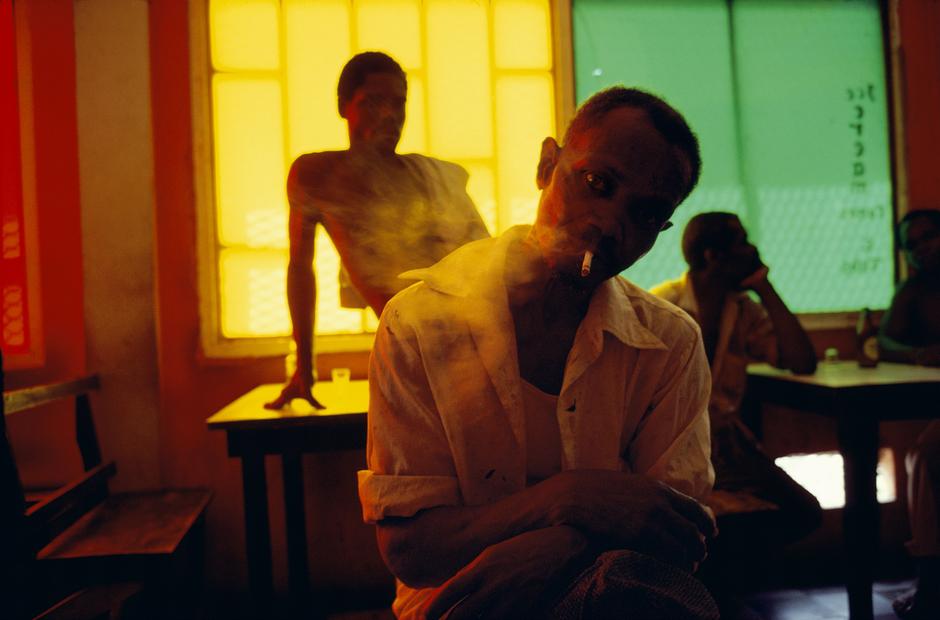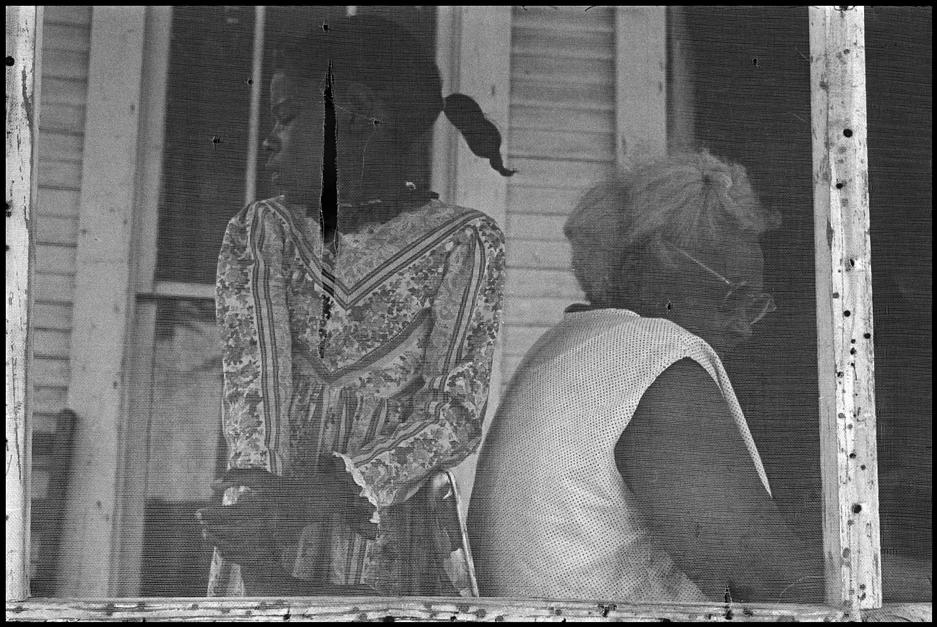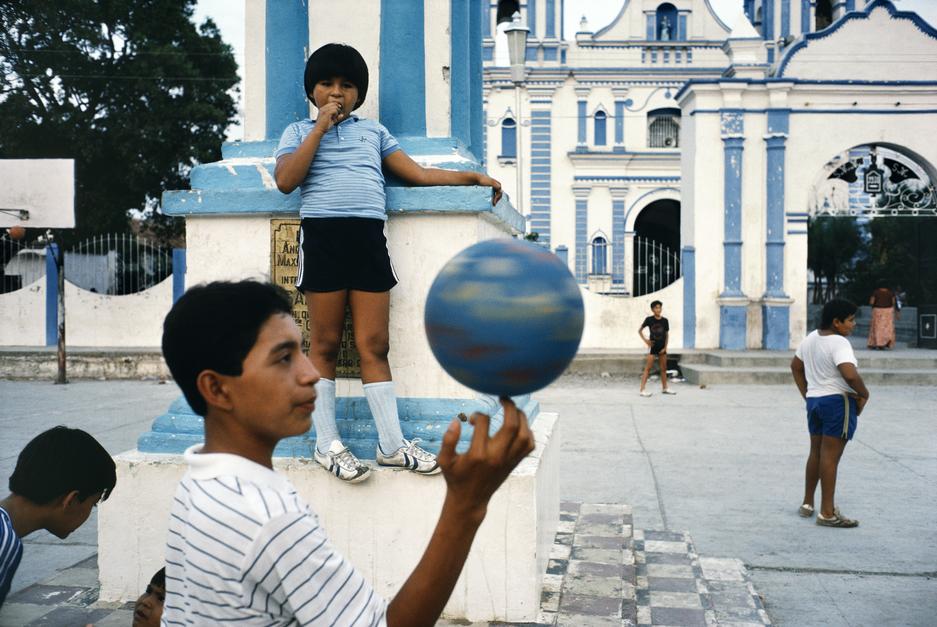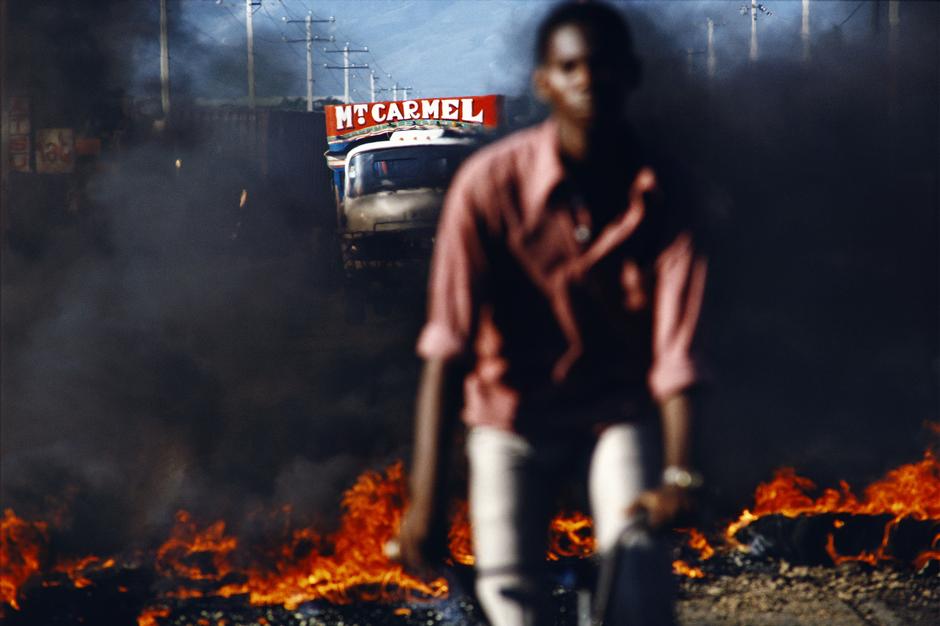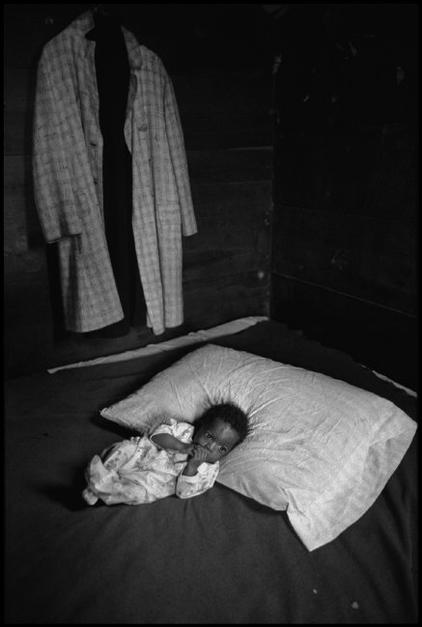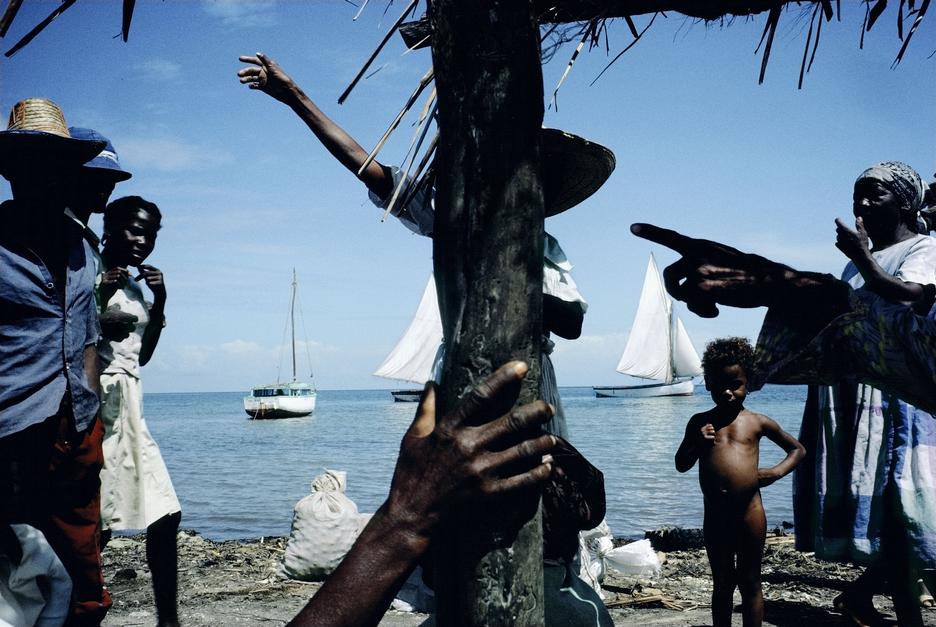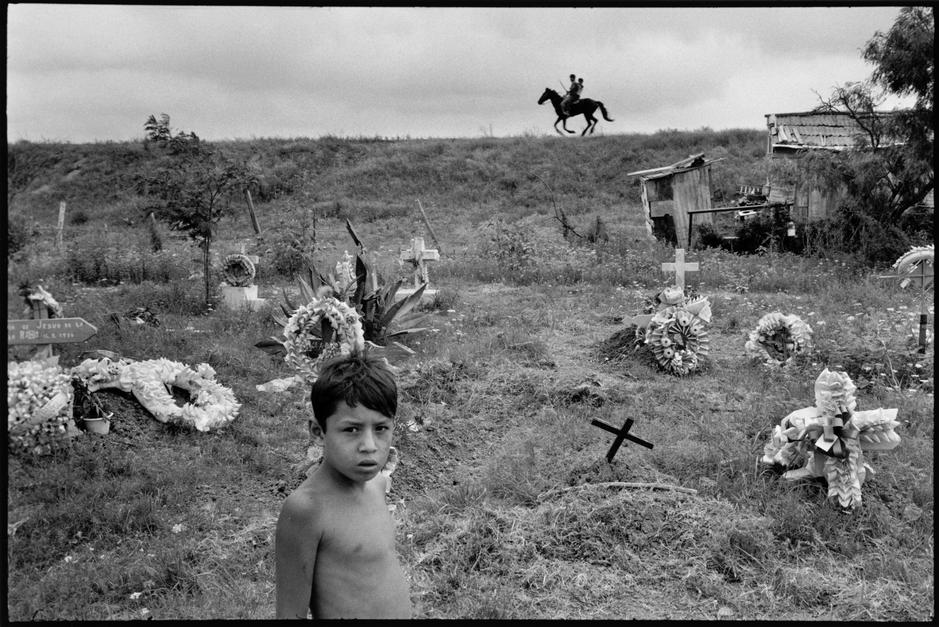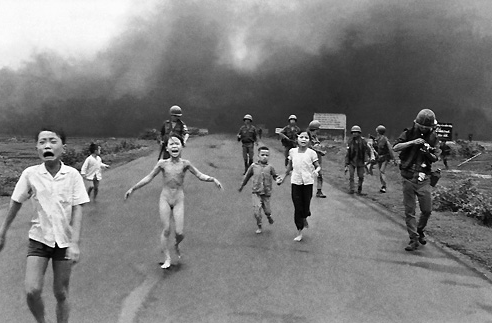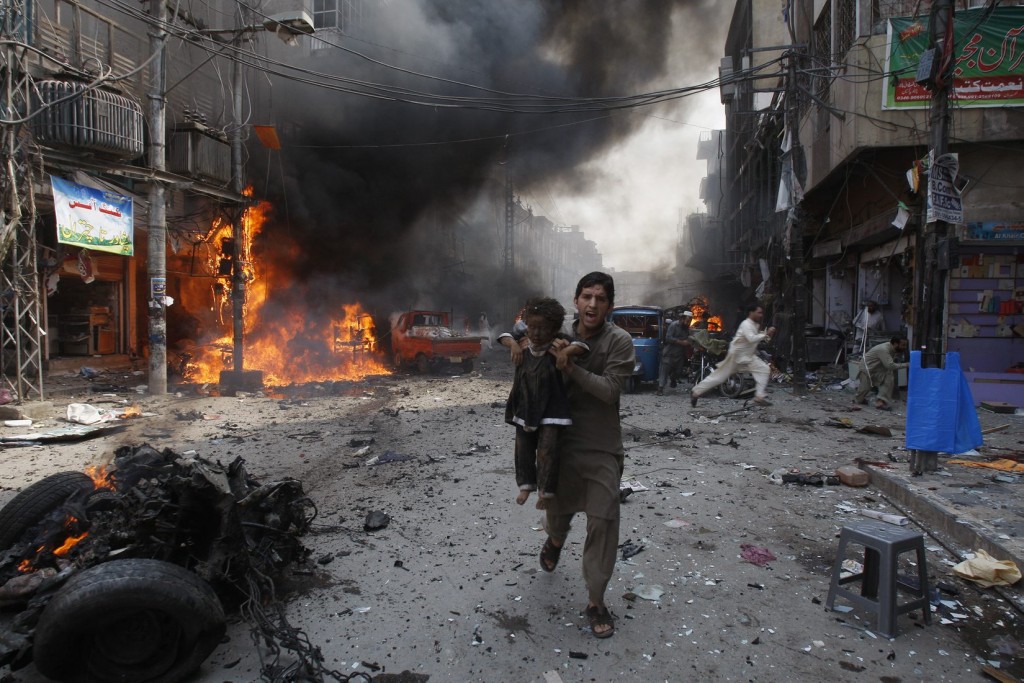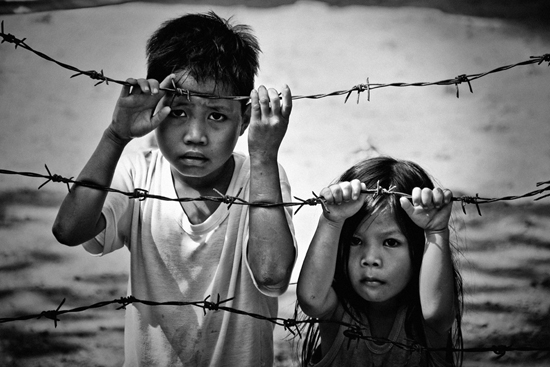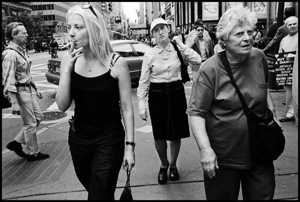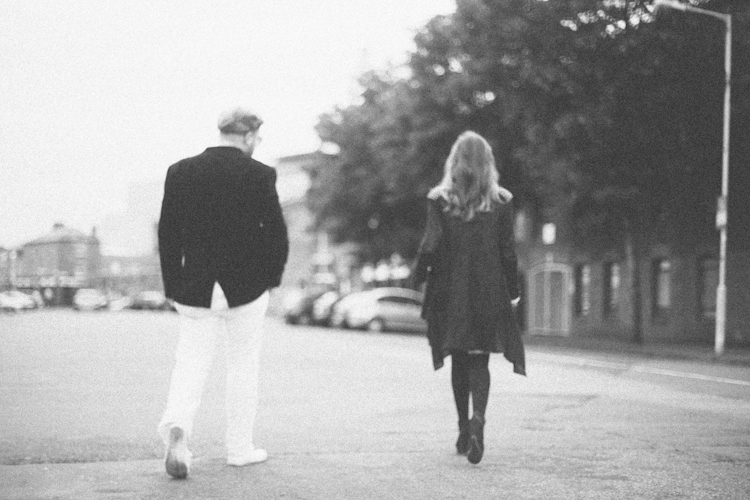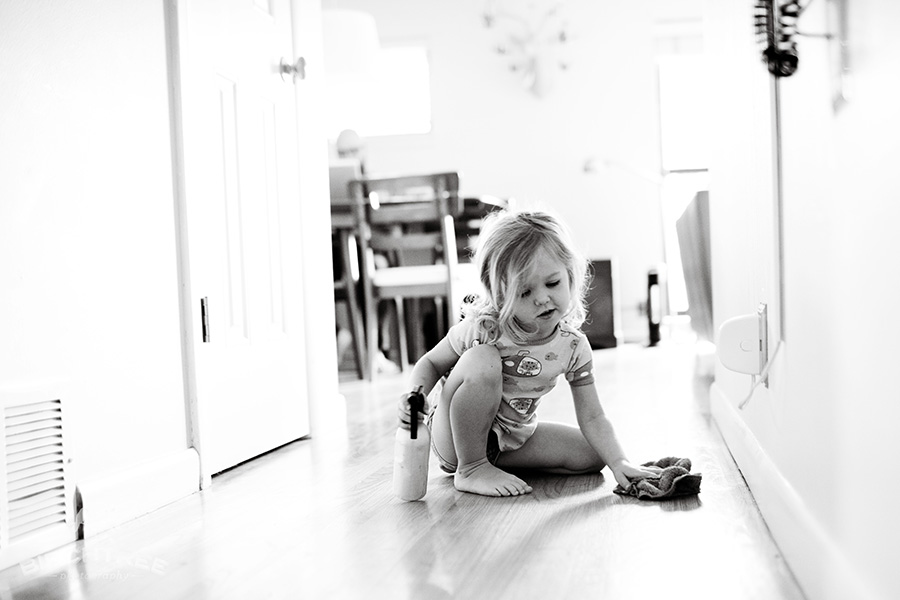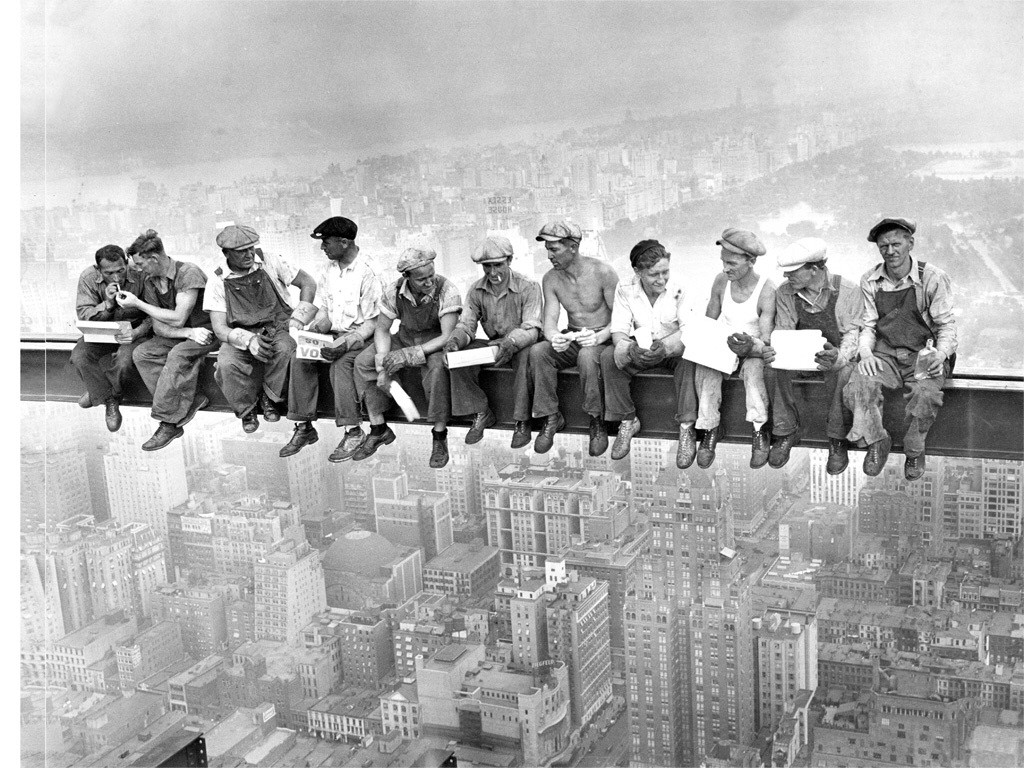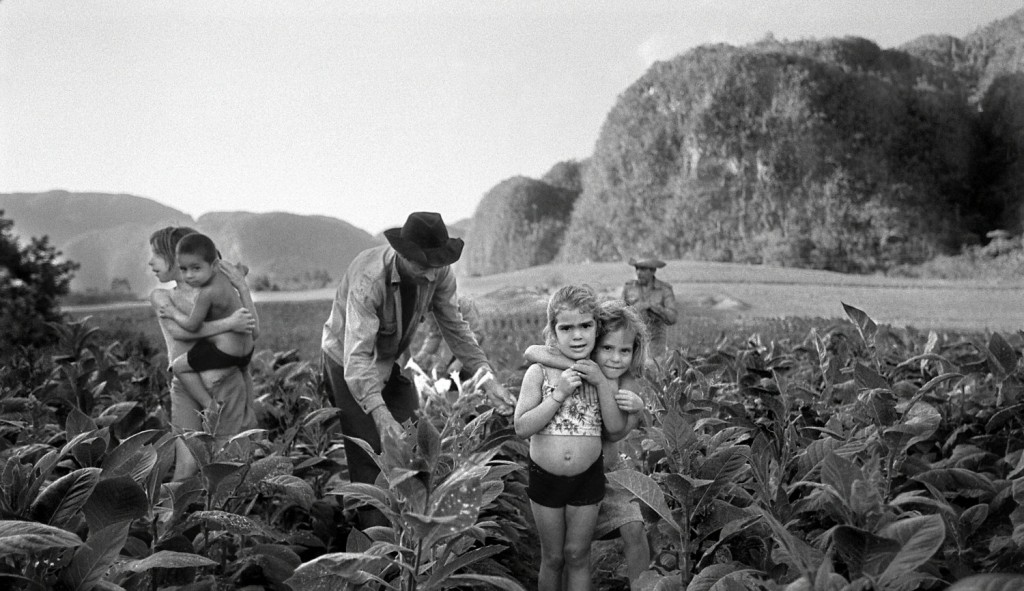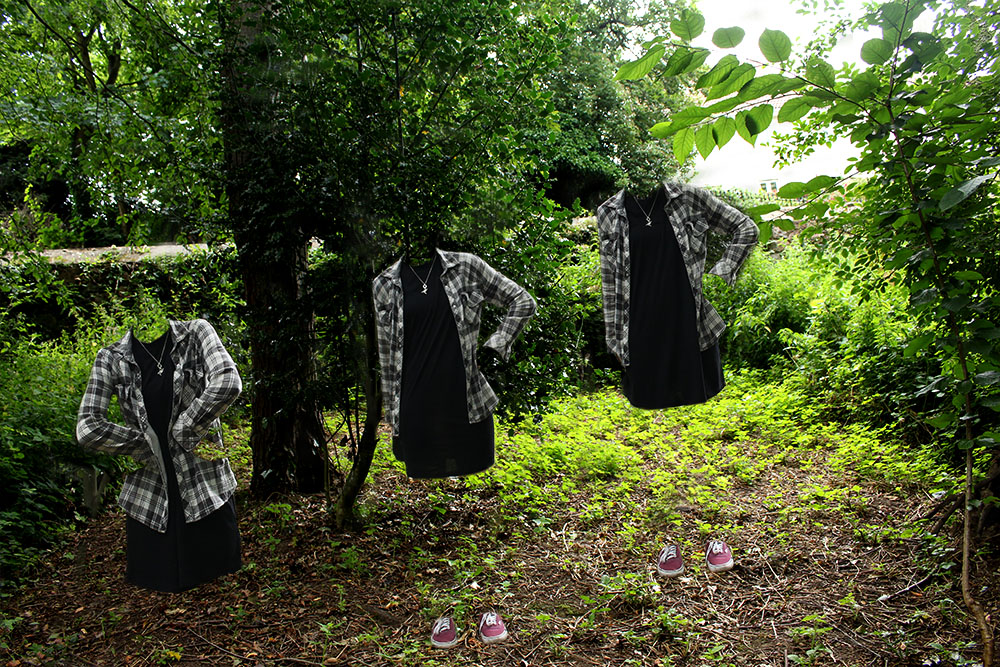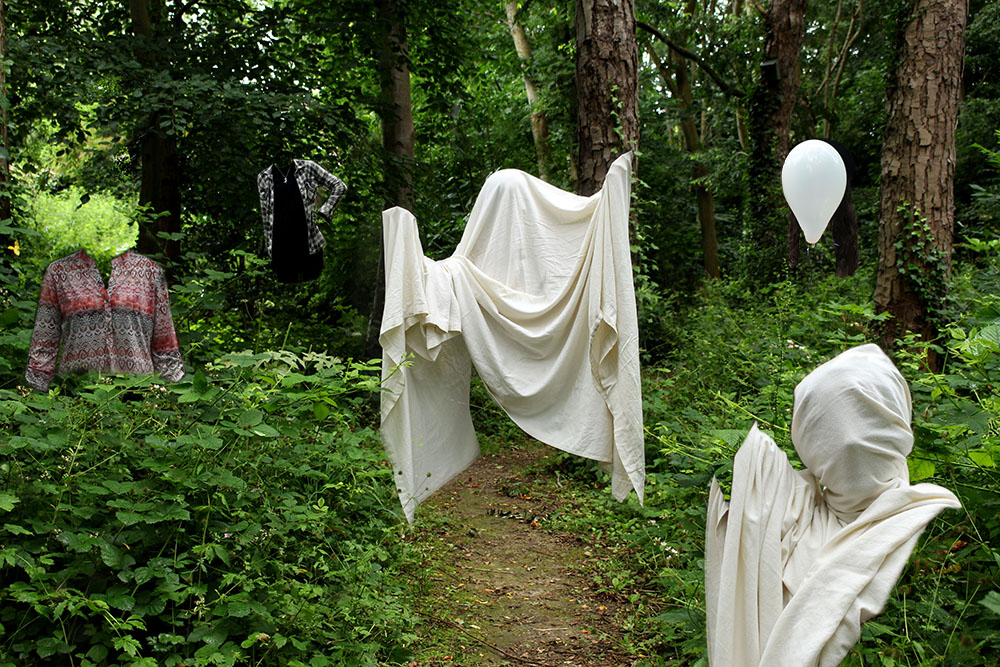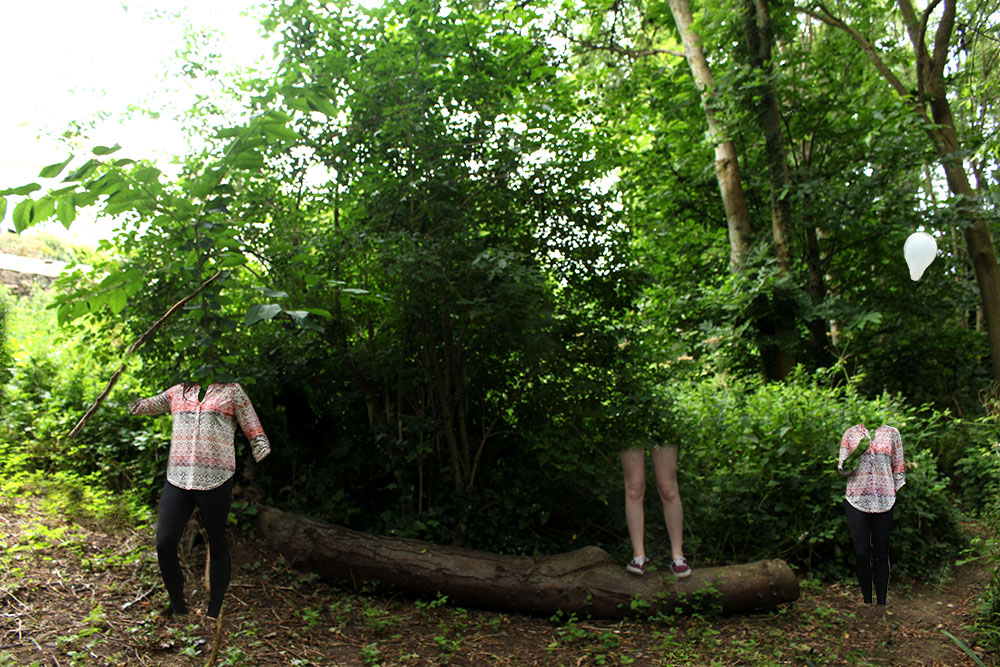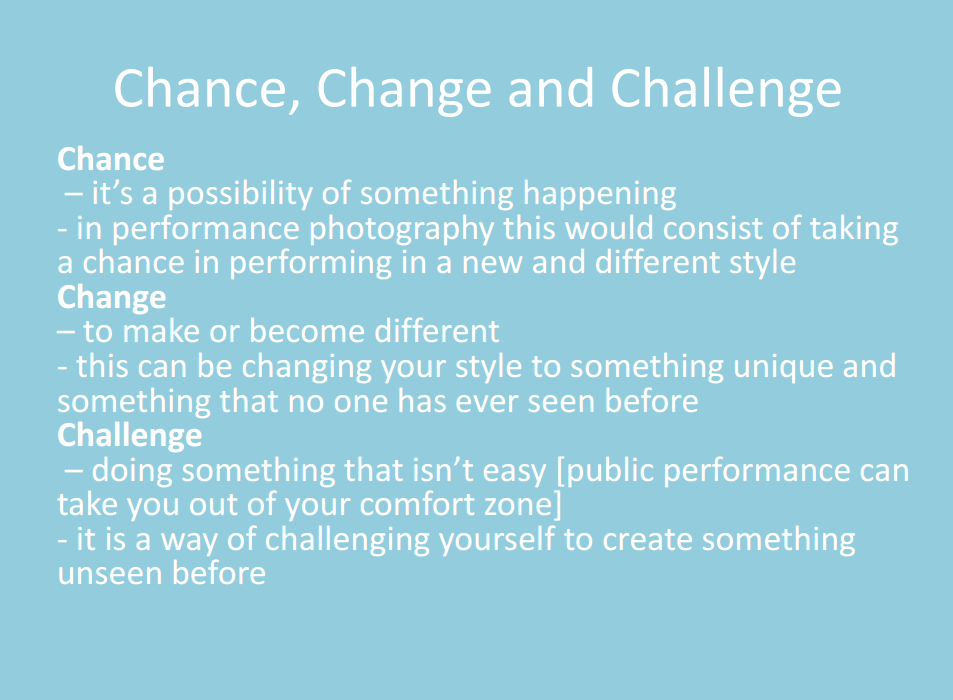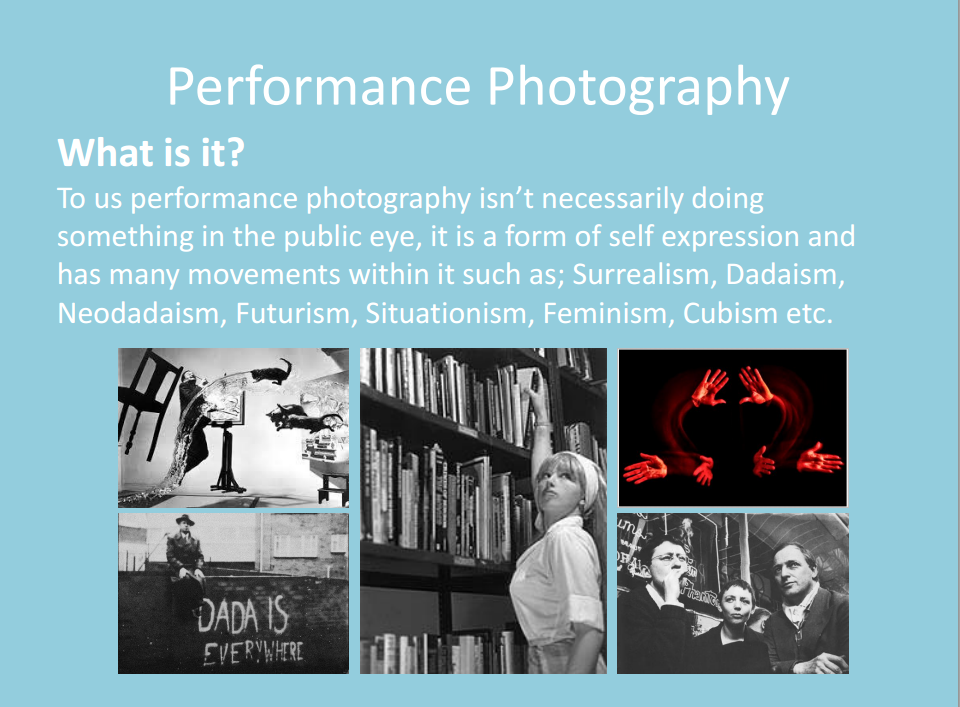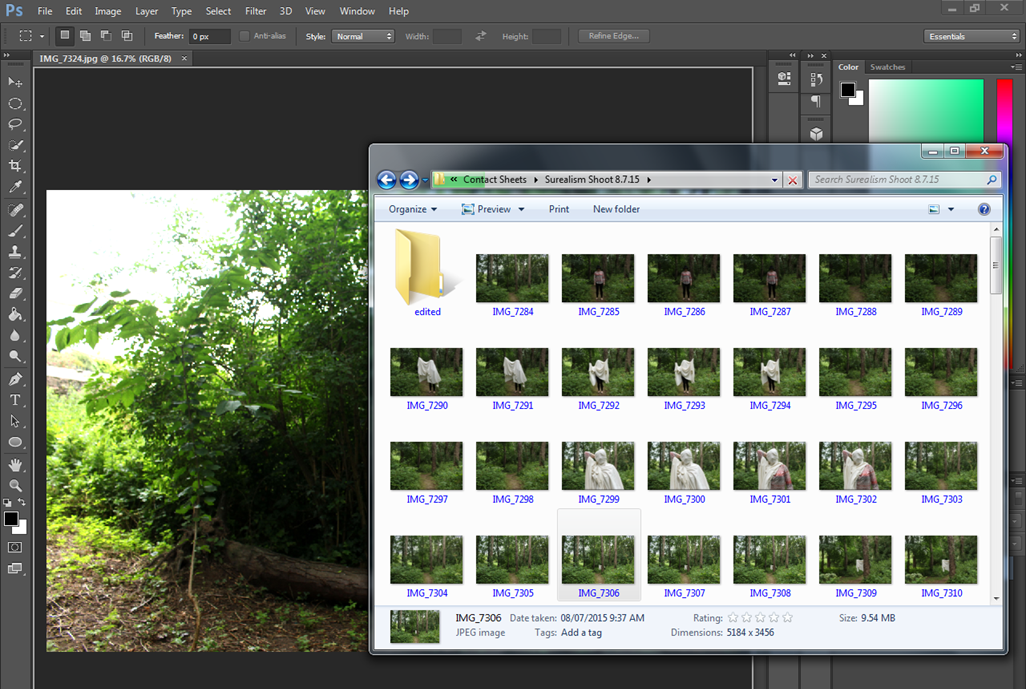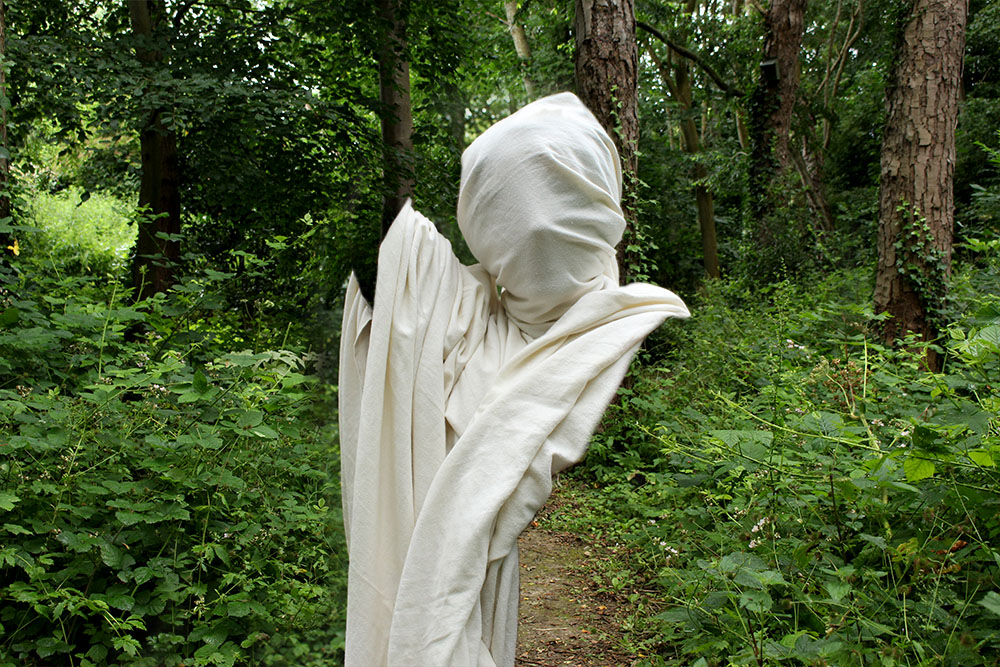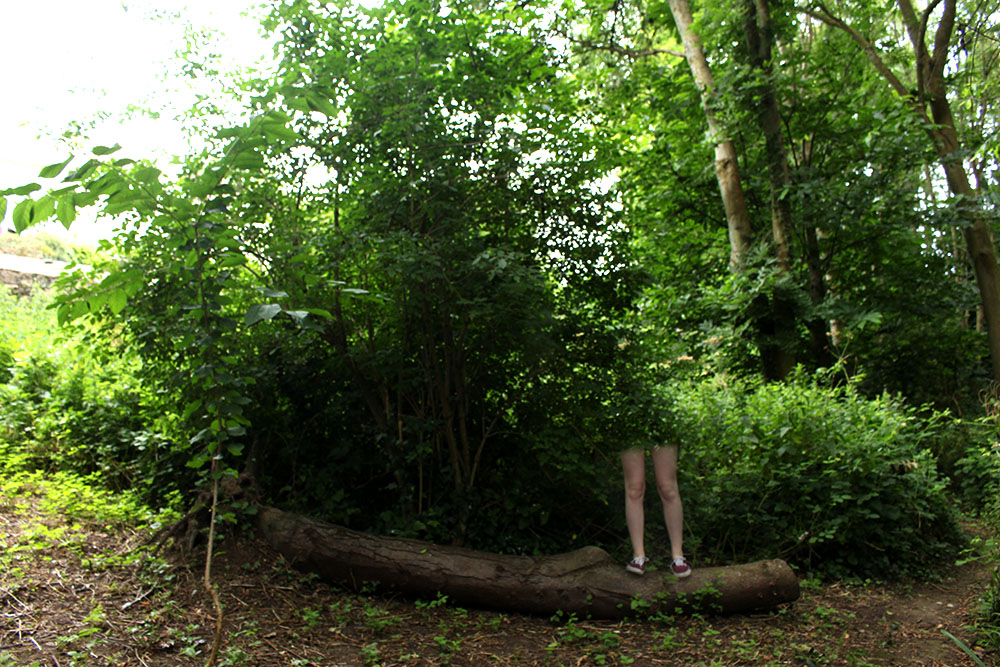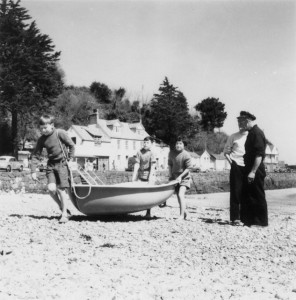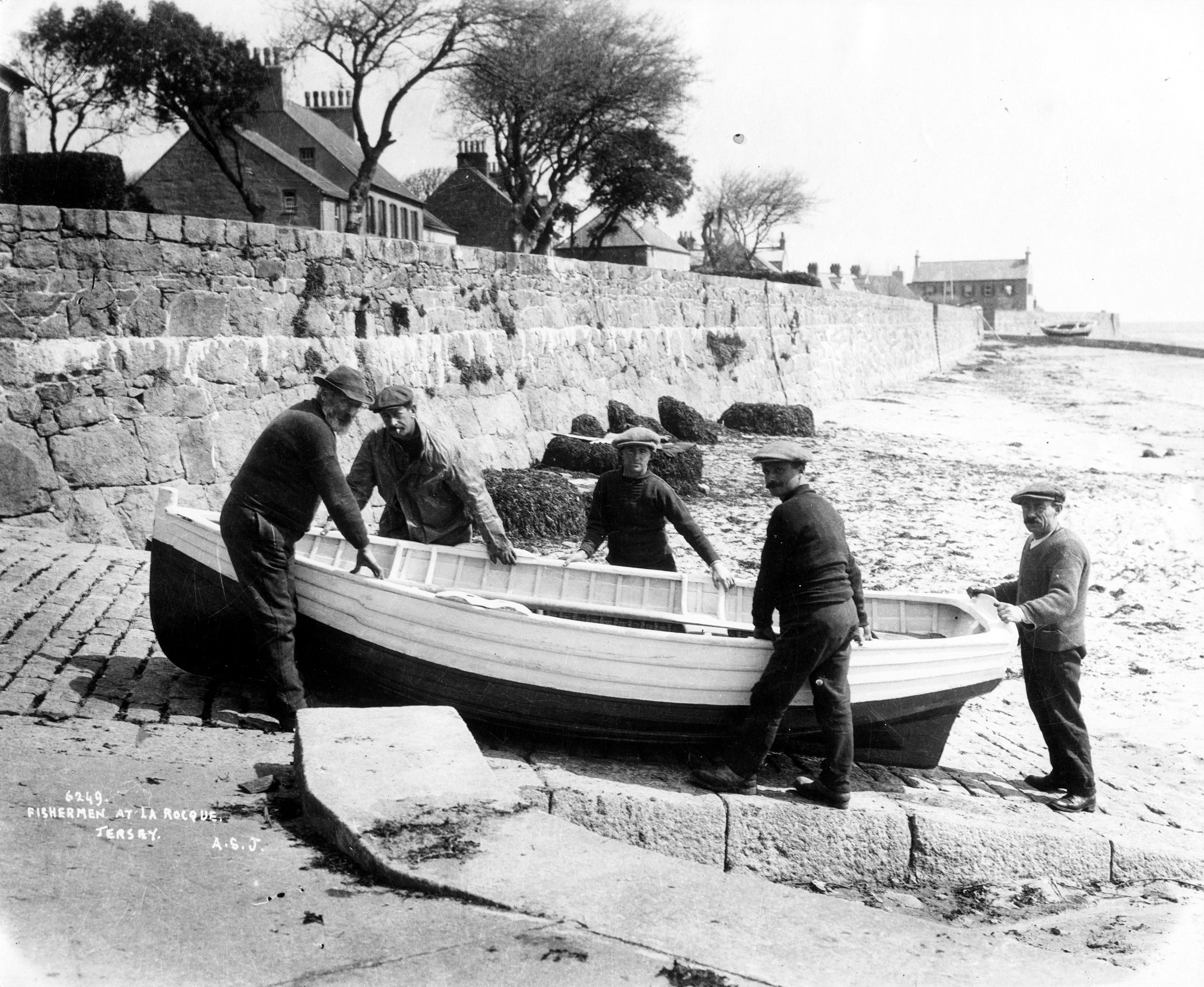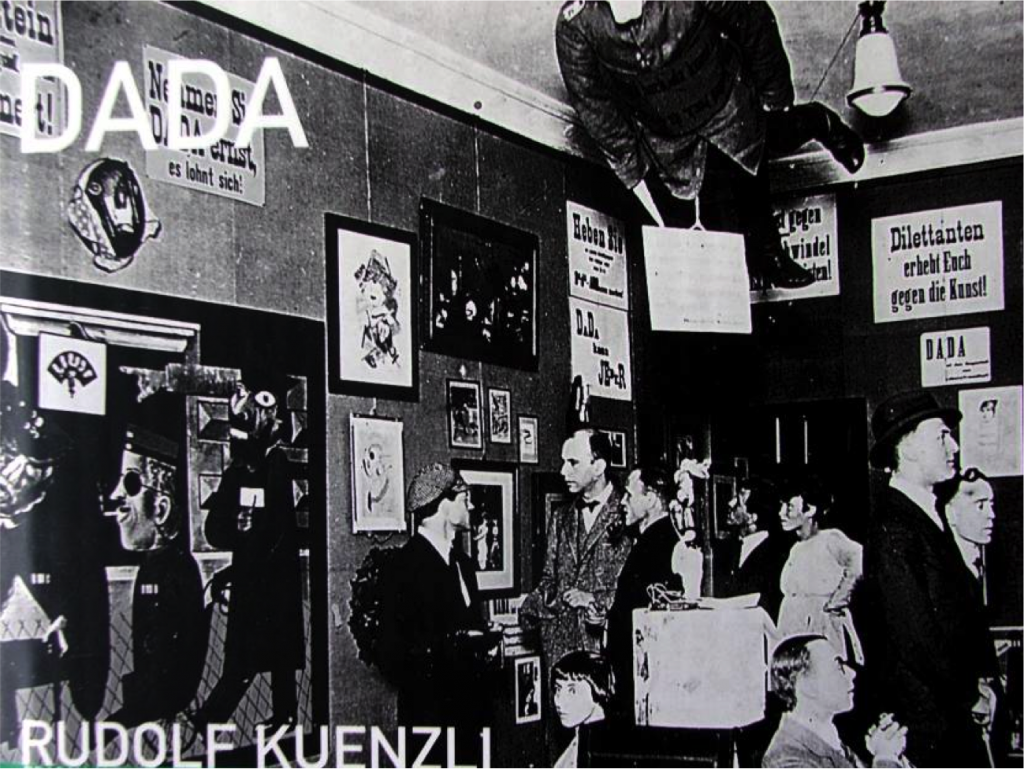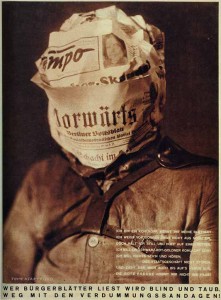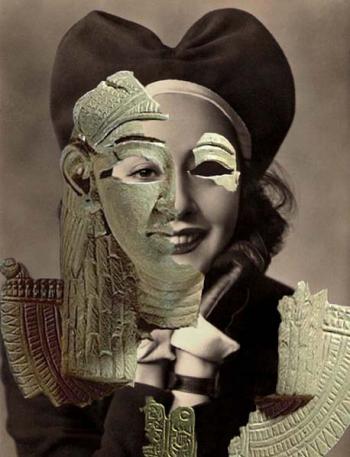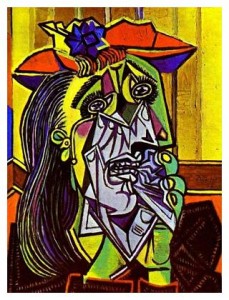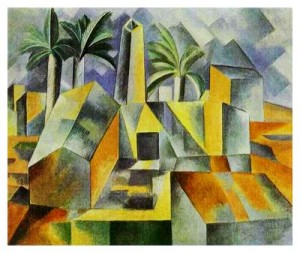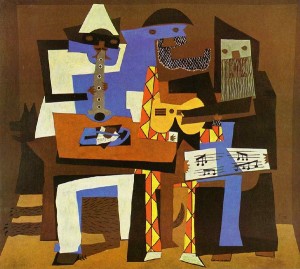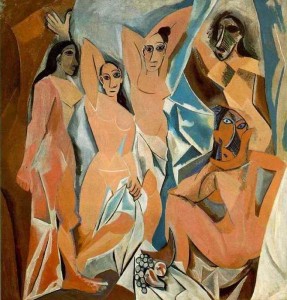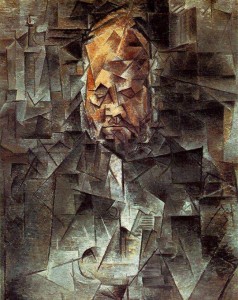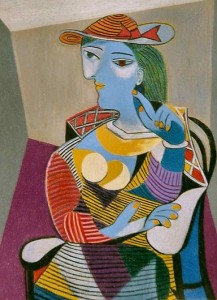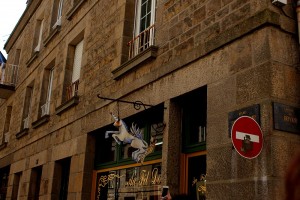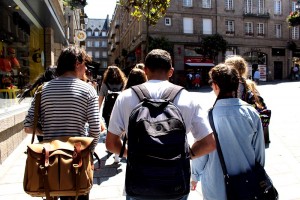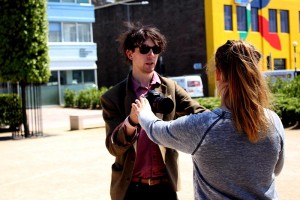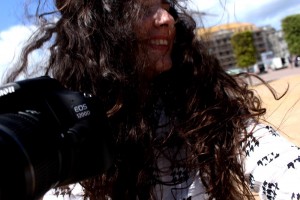Throughout summer I have been looking into our next topic, documentary photography. For this I wanted to find a way to bring in my own style and ideas without completely ignoring the original concept of documentary photography. To me documentary photography is simply taking photographs of a person’s everyday life, following them around and taking various action shots of all the elements of that person’s day. Documentation is an extremely popular media and I believe it to be something that we as humans have done for millions of years, even from the beginning when cave men made drawings on the stone walls, the carvings made by Egyptians to the stained-glass windows in churches. Documentation almost comes naturally to us. I believe that there is no perfect way to document something, however I do believe that documenting something visually is so much better than simply writing it down. I love watching videos diaries that people create and show the world from their perspective and those who document their day and what they have done. One YouTuber in particular that I really love is Jack Harries who has created a series of short documentary films as he travels the world and discovers new people and new places.
Jack Harries
YouTube channel: https://www.youtube.com/user/JacksGap
Twitter: https://twitter.com/jackharries
Instagram: https://instagram.com/jackharries/?hl=en
My favourite videos of his
The Rickshaw Run series:
24 hours in series:
The reason I love watching this style of film documentary is because it’s so real and exciting. I like seeing different cultures and people and being able to discover new places even if I am sat watching it over the internet and not actually being physically there. The way these videos are filmed are excellent as Harries created his own Steadicam from a first person perspective. He used a bike helmet, put two weights on the back and his Canon 6D on the front with a view finder too right in front of his face to create the most real reactions possible while seeing the world from his perspective. I really enjoy discovering different cultures and seeing different streets of the world without even having to spend any money at all. Visual documentary is a great thing and, I think, the best way to lock in mementos of our modern world for the future generations to come.
Alex Webb
Alex Webb’s Portfolio: http://www.magnumphotos.com/C.aspx?VP3=CMS3&VF=MAGO31_10_VForm&ERID=24KL53Y_H
Alex Webb’s website: http://www.webbnorriswebb.co
Below are some of Alex Webb’s images
I find Webb’s images interesting as they are somewhat staged but also documentary. His images lean more towards the tableau side of photography as when he goes into a situation he gets real people and repositions them to make for a more interesting photograph.
—-
At first I struggled to come up with, what I thought was, an interesting idea. I thought that it would be challenging to come up with a concept and a meaning behind each photograph but then I realised that the whole concept behind this style of photography is not to have some amazingly moving concept or meaning, it is simply a way of remembering. A way to hold on to memories for longer than our minds could ever hold onto. I began to question how interesting ordinary people’s lives were, mainly my own. I thought that my life was very mundane and not worth the documentation but then I realised that we are all different and all unique and it would be very interesting to see how every ordinary person lives their private life. What actually makes us ‘ordinary’? I want to find something different, someone who stands out from the norm. This is when I realised that we are all very different the way we handle and approach things and I think that this alone could be a really excellent exploration of documentary photography. I want to follow ordinary people throughout their day and see how each one of those people do things differently.
I believe that there is a set of ethics that photographers must follow from a humanitarian perspective. Each other their images must be true to its surroundings and not suggest something that is completely false. I think that photography can be very honest as photographers are able to express themselves through their work as well as in documentary photography, getting a true and real message across for the rest of the world to view. Photographers are able to manipulate events by only allowing the spectator to see what they want them to see. This can simply be zooming more into the environment only just allowing what the photographer wants their spectator to see. There has been debates between staged photography and the photojournalists methods of only bare witness. I like both methods and think that as long as the situation isn’t completely fabricated and manipulated to make a person, town or country look bad then I think it is fine to ask your found subjects to stand in certain places in order for the photographer to make the best photo possible. sometimes I think it all depends on what is actually in the image itself, a lot of documentary/photojournalism photography do not focus on composition at all as what is actually going on in the image is the most important thing which is the message that the photographer is trying to get across.
Nowadays photographers have blogs and can share their images all across the internet as well as explaining the situation as background information on their individual blog. I think this is a very honest process and allows photojournalists to tell their side of the story and what was actually going on outside of the image that they took. This makes it easier to avoid backlash and inquiries into why the photographer took the photo instead of helping out in the situation.
—-
I think that nowadays we all think that only celebrities are worth looking at and that watching them living their ‘perfect’ lives will somehow make up for our very much mundane ones but here is where I think we as humans fail. We shouldn’t be continuously watching the lives of celebrities but we should focus on our own lives and living them the way we want to. I think that there is no such thing as the perfect life and no one on this earth is living it because obviously we all have our ups and downs. I will be exploring different versions of documentary photography including tableaux/staged photographs.
I also like that a lot of documentary photography is in black and white. This is done to make the images more shocking to the spectator and to really maintain focus on the people in the photograph as well as what kind of background the spectator might assume that they come from. I will use this method in a lot of my photographs as a lot of my ideas will look a whole lot better if produced in black and white, however I do have one big[ish] idea that I want to make in colour as I think it will be more interesting as well as keeping a record of the colours and fashions of the modern world.
Below are some images that I have looked at for inspiration –
Documentary Photographers:
Corey Arnold – http://www.coreyfishes.com/#
Lauren Greenfield – http://www.laurengreenfield.com
Martin Parr – http://www.martinparr.com
Walker Evans – http://www.metmuseum.org/toah/hd/evan/hd_evan.htm
Ed Kashi – http://edkashi.com/event/everydayclimatechange
Abbas – http://www.magnumphotos.com/C.aspx?VP3=CMS3&VF=MAGO31_10_VForm&ERID=24KL53B_Y
Eugene Atget – http://www.nga.gov/feature/atget/
Robert Frank – http://www.danzigergallery.com/artists/robert-frank
Mary Ellen Mark – http://www.maryellenmark.com
Alex Webb – http://www.magnumphotos.com/C.aspx?VP3=CMS3&VF=MAGO31_10_VForm&ERID=24KL53Y_H
Tableaux Photography
There are different elements of documentary photography including tableaux photography. This comes from the documentary style but is more commonly known as staged photography. This is were the photographer may find the subjects in an area and re-position them to make for an interesting photograph or they could be completely staged and prepared to bring across a message to the spectator as well as documenting more serious issues of the modern world, for example feminism.
Tableau came from a French phrase meaning ‘living picture’. Here the subject will dress up, possibly using props, using appropriate backgrounds and poses in an attempt to re-stage past/original events. This style of art was going on long before photography came around as was done in paintings many years before. The 1970s saw the rise of a now famous photographer, Cindy Sherman who began to voice her own thoughts as women were now beginning to express themselves more freely in the public eye. I like this style of documentary photography as I am able to stage some interesting images as well as get across important morals that I believe in and I think this style of photography is a great way to make hard hitting images to start people talking and to open up people’s minds on subjects they may have never thought about in the past.
Tableaux Photographers:
Cindy Sherman – http://www.cindysherman.com
David Hilliard – http://www.davidhilliard.com

